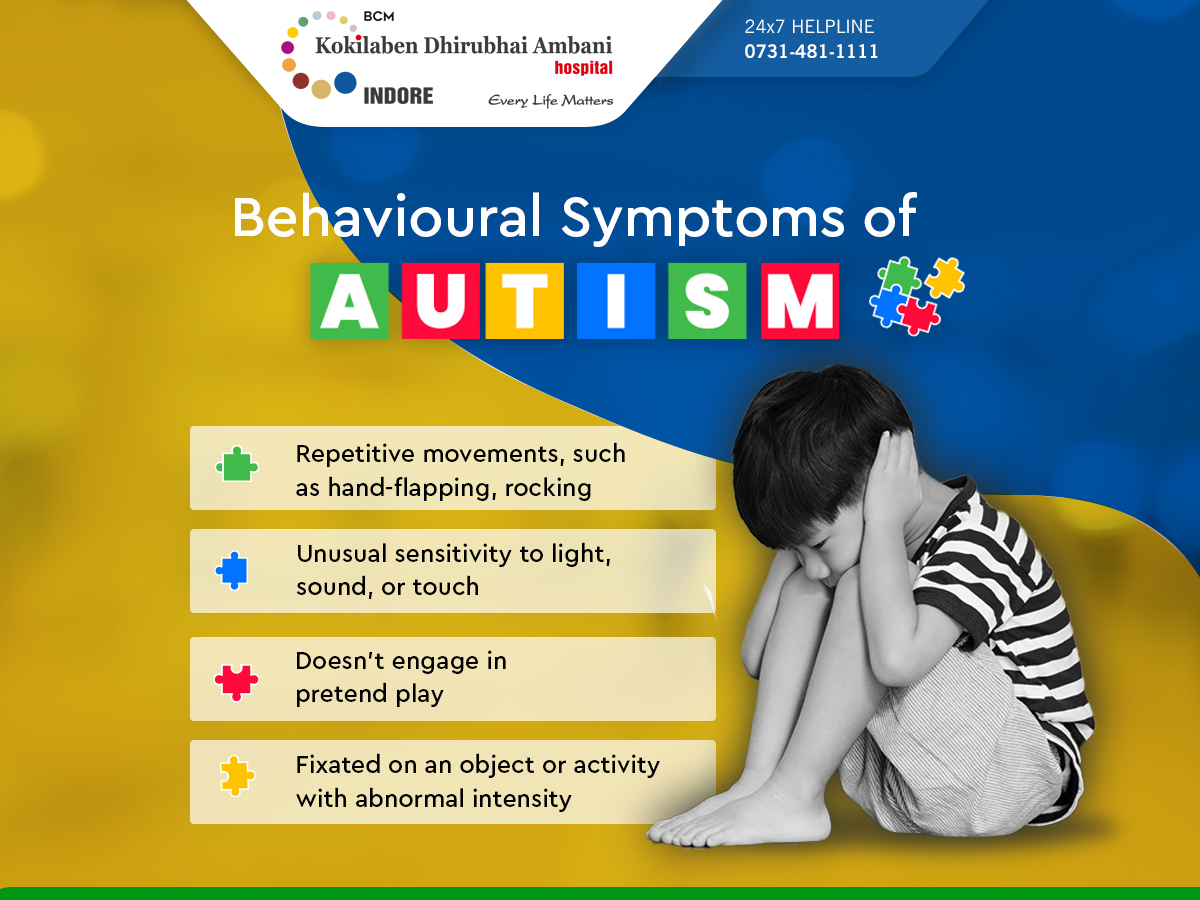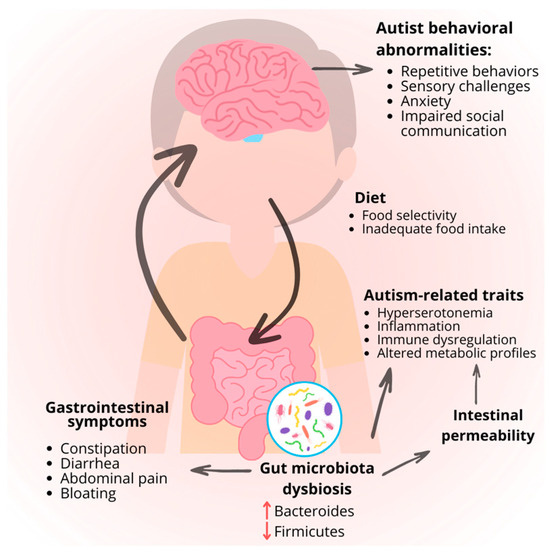Comprehending the Effect of Behavioral Autism on Daily Life and Social Interactions
You could not recognize exactly how deeply behavioral autism impacts day-to-day life and social interactions. People on the range frequently navigate a globe filled up with communication hurdles and sensory overload. These obstacles can lead to stress and seclusion, affecting their partnerships and total health.
Defining Behavioral Autism and Its Qualities
Behavior autism, typically referred to as autism range disorder (ASD), encompasses a variety of conditions identified by difficulties in social interaction, communication, and recurring habits. You might notice that individuals with ASD usually battle to interpret social hints, which can result in misconceptions in conversations. They may discover it tough to establish eye get in touch with or take part in little talk, making social situations really feel overwhelming.
Communication problems can show up in numerous methods, from postponed speech growth to a preference for utilizing less words. By recognizing these characteristics, you can promote an environment that advertises approval and urges effective communication, helping people with autism prosper in their day-to-day interactions.
The Range of Autism: Recognizing Variability in Behavior
Autism range condition (ASD) isn't a one-size-fits-all diagnosis; it varies extensively amongst people. You might see that some people with ASD exhibit moderate signs and symptoms, while others might face much more considerable difficulties. This irregularity can manifest in habits, rate of interests, and sensory sensitivities. You may encounter people that are very spoken and involve quickly in conversations, while others might prefer solitary activities or connect non-verbally.
Moreover, the method people with ASD react to sensory input can vary substantially; some may be overwhelmed by intense lights or loud noises, whereas others thrive in boosting atmospheres. The range likewise includes differences in social interactions; some individuals may have a hard time to translate social cues, while others browse social setups with family member ease. Comprehending this variability is necessary, as it helps you appreciate everyone's unique experience and tailor assistance to their details needs, promoting a more comprehensive atmosphere for everyone.
Communication Obstacles Faced by Individuals With Autism
When you connect with individuals on the autism spectrum, you may observe their special communication obstacles. They usually deal with troubles with both nonverbal and verbal hints, which can influence their social interactions. Understanding these barriers is crucial for fostering far better links and assistance.

Verbal Interaction Problems
Lots of individuals on the autism spectrum experience spoken communication troubles that can considerably affect their daily communications. Your volume, speed, or tone may not align with social expectations, triggering others to misunderstand your intentions. Acknowledging these difficulties can assist you and your support network establish strategies to improve communication and foster much better connections with others in your everyday life.
Nonverbal Interaction Barriers
Spoken interaction isn't the only challenge people on the autism range face; nonverbal communication barriers can be just as substantial. These difficulties can lead to misunderstandings or misinterpretations of social hints, making interactions really feel complex or frustrating. By addressing nonverbal communication, you can discover strategies to improve your social experiences and improve your total top quality of life.
Social Communication Impacts
Social interactions can frequently really feel overwhelming due to the special interaction challenges encountered by people with autism. Acknowledging these difficulties can aid you discover strategies to boost interaction, such as practicing social abilities in risk-free setups or utilizing aesthetic help. Understanding your needs permits you to navigate social communications with higher self-confidence and simplicity.
Social Communication and Partnership Structure in Autism
While building relationships can be challenging for people with autism, comprehending their distinct viewpoints and communication designs can promote meaningful links. You might observe that numerous individuals on the range prefer straight interaction and may deal with social cues or little talk. By being uncomplicated in your interactions, you can aid create a setting where they really feel comfy.
Make the effort to pay attention look these up and observe just how they reveal themselves. This understanding can assist you in guiding conversations better. Participating in shared passions can also serve as a bridge to much deeper links. Whether it's a pastime, a favored show, or a common interest, these usual threads can open doors to relationship.
Daily Life Regimen: Browsing Approaches and challenges
Navigating day-to-day life regimens can be especially testing for people with autism, particularly when unexpected changes happen. To navigate these obstacles, take into consideration executing visual schedules or lists.
Establishing a regimen that consists of sensory breaks can additionally be useful. You can prepare brief breaks throughout your day to recharge. It's necessary to interact with those around you, letting them know your preferences and demands. This assists create an understanding environment.
Finally, practice mindfulness techniques to handle tension and anxiety. Straightforward breathing workouts or grounding methods can make a significant distinction. By including these strategies, you can improve your everyday regimen and minimize disturbances, making life feel more workable.
Toughness and Capabilities of Individuals on the Autism Spectrum
Comprehending day-to-day life regimens is just one aspect of the autism experience. Several individuals on the autism range possess exceptional strengths and abilities that establish them apart.
Furthermore, your memory abilities typically beam, particularly in areas of passion. Autism Spectrum Therapies. This knack for preserving details can make you a useful resource in areas like technology, scientific research, or art. You might also show strong visual thinking, allowing you to picture intricate concepts and address issues creatively
In addition, your special point of view on the globe can promote empathy and understanding in others, enhancing social communications. Welcoming these strengths not just boosts your self-confidence however also helps others appreciate the varied abilities you offer the table.
Developing Inclusive Settings for Individuals With Autism
Developing inclusive settings for people with autism starts with creating sensory-friendly rooms that cater to their distinct requirements. You can likewise foster opportunities for social interaction, assisting to build relationships and connections. By making these changes, you'll contribute to a much more inviting atmosphere for everyone.
Creating Sensory-Friendly Spaces
While designing sensory-friendly spaces, it's important to show on the unique requirements of individuals with autism. Begin by selecting soothing colors and soft lighting to produce a relaxing atmosphere. Integrate quiet areas where individuals can pull away and charge when bewildered. You'll desire to lessen loud sounds and interruptions, making use of soundproof products or white noise devices to assist maintain harmony. Consider responsive components like soft fabrics or more info here fidget-friendly things that can provide comfort. Identify that areas are flexible, permitting simple reformation to accommodate various tasks. Include aesthetic timetables or clear signage to help people navigate the space confidently. By attentively integrating these elements, you can develop a welcoming environment that sustains sensory demands and promotes general health.
Promoting Social Communication Opportunities
Designing sensory-friendly areas not only addresses private comfort however likewise establishes the stage for purposeful social communications amongst individuals with autism. Click This Link Motivate peer mentoring, coupling individuals with autism with encouraging peers that can direct them via social situations. By applying these methods, you can boost social chances, aiding individuals with autism develop friendships and enhance their social skills in a secure, welcoming setting.

Often Asked Concerns
How Can Buddies Support Somebody With Behavioral Autism?
You can support a pal with behavior autism by holding your horses, paying attention proactively, and respecting their borders. Engage in tasks they delight in, communicate openly, and create a comfy setting where they really feel valued and recognized.
What Resources Are Readily Available for Moms And Dads of Kid With Autism?
You can discover numerous sources for moms and dads of youngsters with autism, including support system, academic sites, and neighborhood area services. Getting in touch with various other moms and dads can likewise provide valuable understandings and shared experiences to help browse challenges.
Can Behavioral Autism Change With Time?

Yes, behavioral autism can change over time. You may notice changes in communication, social abilities, and habits as your child grows. Early treatment and assistance usually play crucial roles in these developmental adjustments.
Exactly How Do Sensory Level Of Sensitivities Affect Life?
Sensory level of sensitivities can make day-to-day experiences frustrating. You might have problem with intense lights or loud noises, causing stress or avoidance. Locating settings that accommodate your needs can significantly boost your convenience and general life.
What Prevail Misconceptions Concerning Behavioral Autism?
You might assume behavioral autism just affects communication abilities, however it's more complex. Many presume people do not have compassion or knowledge, which isn't real. Recognizing these false impressions helps foster acceptance and support for those on the range.
Behavior autism, frequently referred to as autism spectrum disorder (ASD), encompasses a variety of problems identified by challenges in social interaction, communication, and repeated behaviors.Social interactions can commonly feel frustrating due to the one-of-a-kind interaction obstacles encountered by people with autism.Creating sensory-friendly areas not only addresses private convenience however additionally establishes the stage for significant social interactions amongst individuals with autism. Motivate peer mentoring, combining individuals with autism with helpful peers who can direct them through social circumstances. By carrying out these methods, you can boost social opportunities, helping individuals with autism develop friendships and strengthen their social skills in a safe, inviting atmosphere.